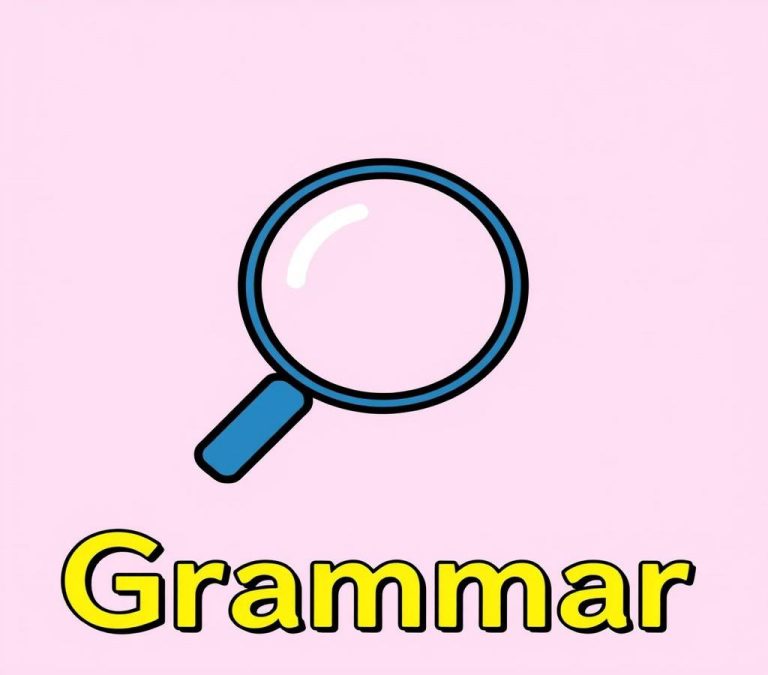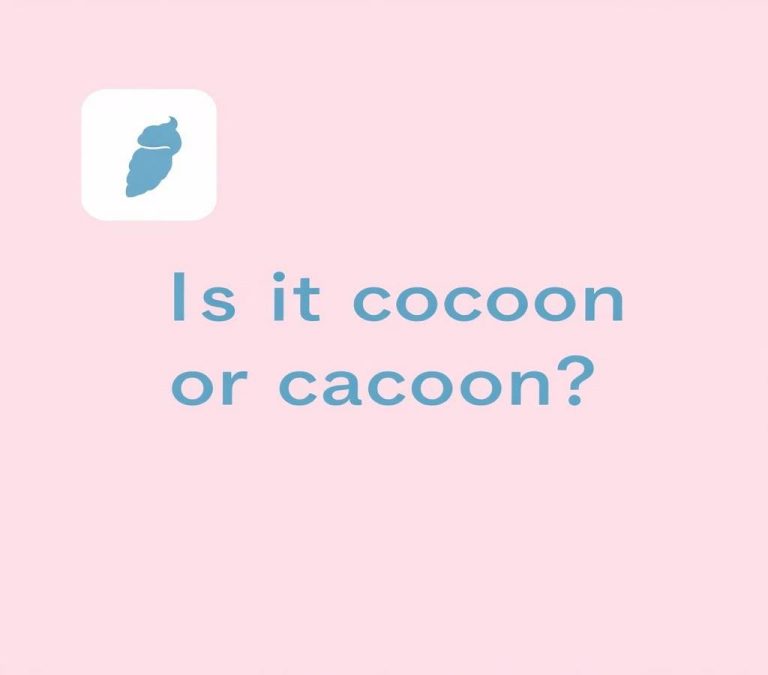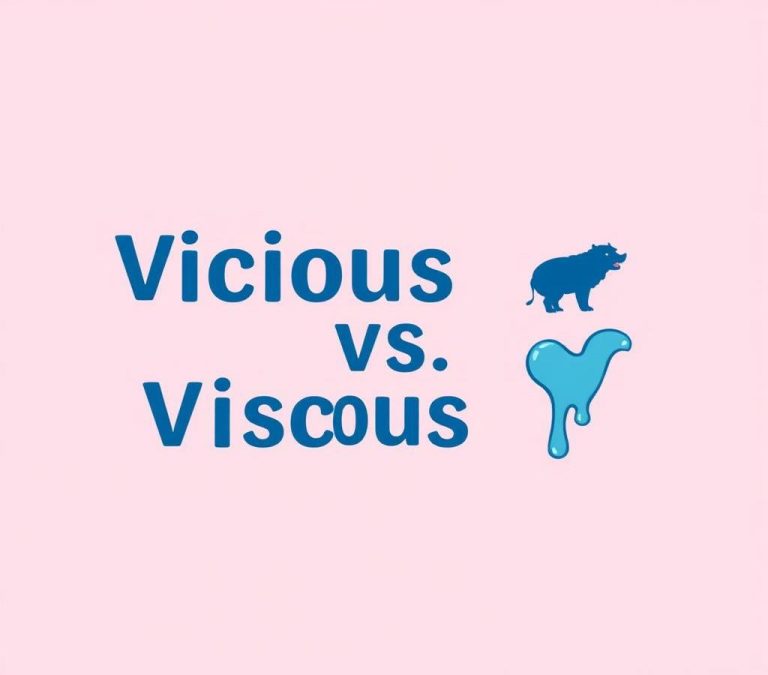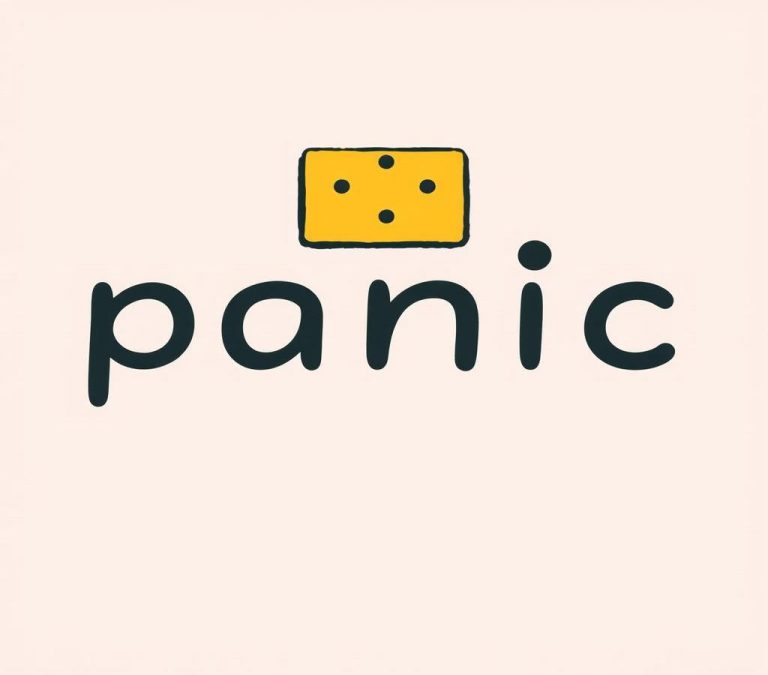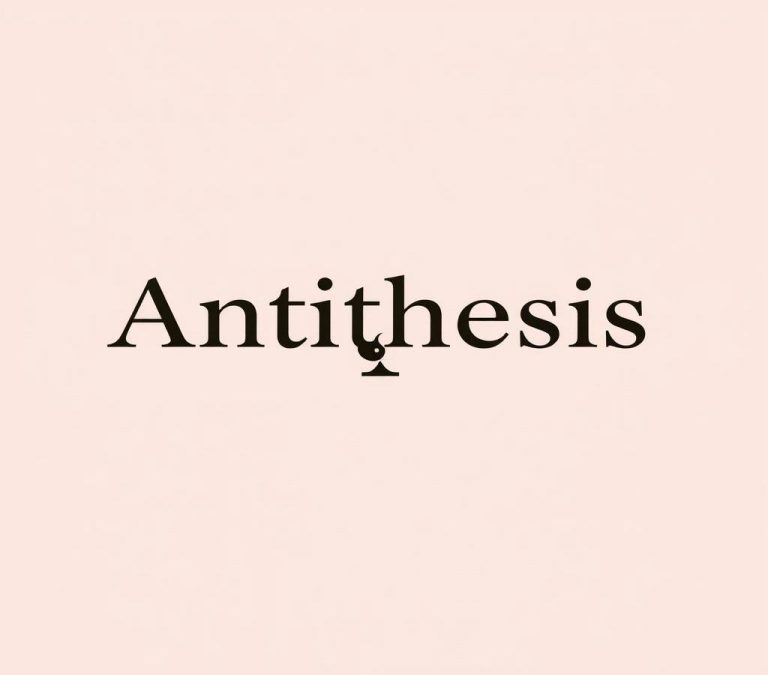Tear, Tore, Teared, or Torn: Grammar Usage Guide
Understanding the past tense of the word “tear” can be confusing. People often wonder whether to use “tore,” “teared,” or “torn.” Each form has its place depending on how the verb is used. This article will explain the correct usage of these terms, making it easier to use “tear” properly in past-tense situations. Simple explanations and examples will help clarify the differences, so you can write and speak more confidently.
Quick Answer
The past tense of “tear” is “tore” (e.g., I tore the paper). The past participle is “torn” (e.g., The paper is torn). There is no such word as “teared”. “Tore” is used when describing the act of tearing, while “torn” is used when describing the state of being torn.
Why There is Confusion
The English language can be tricky, and one area that often causes confusion is the past tense of the verb “tear.” The main reason for this confusion is that “tear” has different meanings and uses, which can take various forms in past tense: “tore,” “torn,” and even the incorrect “teared.” Each has its own distinct usage and rules, making it essential to understand the nuances to use them correctly.
What Does “Tore” Mean?
“Tore” is the simple past tense of the verb “tear.” When you tear something, you rip it apart, usually by pulling it forcefully. “Tore” refers to a completed action in the past where something was ripped or pulled apart. For example:
- She tore the paper into small pieces.
- He tore his shirt while climbing the fence.
Understanding “tore” as the simple past tense makes it easier to use and recognize in sentences depicting actions that happened at a definite time in the past.
What Does “Torn” Mean?
“Torn” is the past participle form of “tear.” It is used in perfect tenses and passive voice constructions. “Torn” indicates a state resulting from the action of tearing. For example:
- The paper has been torn into pieces.
- He had torn his shirt before he noticed the sharp edge.
In these instances, “torn” is used to express that the action of tearing occurred sometime prior to the current moment or another past event.
Differences Between “Tore”, “Teared”, and “Torn”
In Verb Form
The verb “tear” can take different forms depending on the tense being used. As mentioned:
- “Tore” is the simple past tense: She tore the envelope open.
- “Torn” is the past participle: The letter was torn before he read it.
However, “teared” is generally incorrect when referring to the action of ripping something. “Teared” is only accurate when it relates to “tear” meaning to cry, indicating that someone shed tears. For example:
- She teared up during the sad movie.
In Adjective Form
As adjectives, “torn” is more commonly used than “tore.”
- Correct: He wore a torn shirt to the party.
- Incorrect: He wore a tore shirt to the party.
“Torn” describes something that has been ripped or is in a state of having been ripped.
In Past Participle Form
The past participle form of “tear” is “torn” and it is essential for forming perfect tenses.
- Present perfect: She has torn the paper.
- Past perfect: She had torn the paper before he arrived.
“Torn” is also used in passive constructions:
- The flag was torn by the strong wind.
Synonyms of “Tore” and “Torn”
Understanding the synonyms can provide more options for varying your language while writing or speaking.
- Synonyms for “tore” include ripped, pulled apart, shredded, and split.
- Synonyms for “torn” include ripped, shredded, split, and tattered.
Using synonyms can enhance your writing by making it more diverse and engaging.
Other Alternatives to “Teared”
Since “teared” in the context of ripping something is incorrect, using the correct form “tore” or “torn” is essential.
- Instead of “teared the paper,” use “tore the paper.”
- Instead of “the paper was teared,” use “the paper was torn.”
This helps eliminate confusion and maintains grammatical accuracy in your language.
Examples of Usage of Past Tense of “Tear”
Here are some correct examples using “tore” and “torn”:
- Simple past tense (tore):
- She tore the letter in half without reading it.
- He tore through the wrapping paper excitedly.
- Past participle (torn):
- The painting was torn when they found it.
- They have torn the old barn down and are building a new one.
- Adjective (torn):
- She wore a dress that looked torn.
- The old book had many torn pages.
In these examples, the proper form of the verb ensures clarity and correctness.
Conclusion: Mastering the Past Tense of “Tear”
Mastering the past tense of “tear” involves understanding when to use “tore,” “torn,” and avoiding “teared” in the context of ripping something. “Tore” serves as the simple past tense, “torn” as the past participle, and both have their specific uses in describing past actions and states. By familiarizing yourself with synonyms and correct usage, you can enrich your language and avoid common mistakes. This deeper understanding ensures that your writing and speaking are both precise and grammatically accurate.



